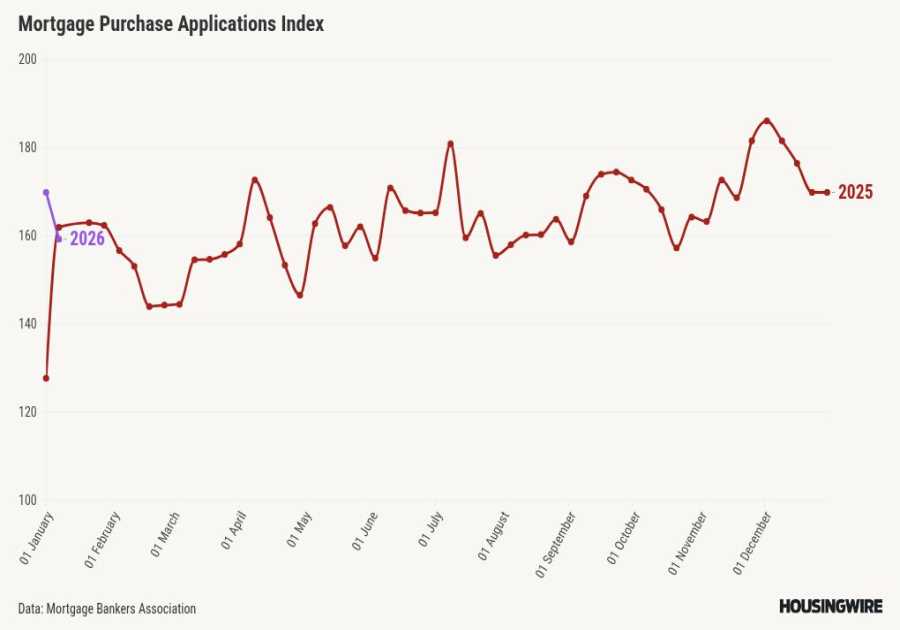Introduction
Imagine this: You walk into work, log in to your computer, and start your day. But then, out of nowhere, you receive an email that looks like it’s from your boss…asking you to wire money to a bank account.
You might be thinking, “That could never happen to me.” But the truth is, executive phishing is a real threat, and it’s happening more and more often. In this article, we’ll take a closer look at what executive phishing is and how to protect yourself from it.
What Is Executive Phishing?
Executive phishing is a type of attack that specifically targets high-level employees in a company, like CEOs, CFOs and other C-level executives. The goal of an executive phishing attack is to get the employee to open an email or attachment that contains malware. Once the malware is installed, the attacker can gain access to the company’s networks and sensitive data.
Executive phishing attacks are on the rise, and they’re becoming more and more sophisticated. That’s why it’s important for employees to be aware of the signs of an executive phishing attack, and it support and network security.
Exploring the Most Popular Types of Executive Phishing
When it comes to your personal and company data, phishing attacks are always a concern. And as we detailed in our previous article, executive phishing is one of the most popular types of attack.
In this article, we’ll explore some of the most popular types of executive phishing attacks. As you’ll see, scammers are getting more and more sophisticated in their attempts to steal your data. So it’s important to be vigilant and know what to look for.
And finally, one of the most dangerous types of executive phishing is the CEO fraud attack. In this attack, the scammer poses as the CEO or another C-level executive in order to get access to sensitive data or financial information. As you can imagine, this type of attack can be very costly for businesses.
How to Identify Executive Phishing
You might be wondering how you can tell if an email is from an executive or not. After all, most phishing emails are very good at imitating the real thing. But there are a few giveaways to watch out for.
For starters, if the email asks you to do something that’s not part of your job duties, it’s probably a scam. Executives don’t typically request personal favors via email. Also, take a look at the sender’s email address. If it’s not from a company domain (like ABCcompany.com), it’s likely not from an executive.
Finally, look for typos and poor grammar. Executives usually have better writing skills than that!
What to Do if You Think You’re a Victim of Executive Phishing
If you think you may have been a victim of executive phishing, the first thing you should do is change your password and update your security settings.
Then, you’ll want to reach out to your IT team or the help desk and let them know what happened. They’ll be able to help you determine if any sensitive information was accessed or if there’s any potential for damage.
From there, it’s a good idea to review your organization’s phishing policies and procedures so you can be sure that you’re following the correct protocol in the event that this happens again.
And last but not least, make sure to take some time to educate yourself on the topic of executive phishing so you can be more aware in the future and help prevent this from happening to others.
Strategies for Responding to an Executive Phishing Attack
The best defense against executive phishing is a good offense. By that, we mean that you should have a plan in place for how to deal with an attack before one even happens.
First and foremost, you need to educate your employees on what phishing is and how to spot it. This might seem like common sense, but you’d be surprised how many people still fall for these scams.
You should also have a process in place for reporting phishing attempts. This way, you can keep track of what’s going on and look for patterns.
Finally, you need to have a plan for what to do if someone does falls for a phishing attack. This includes having a way to quickly reset passwords and regain access to accounts.
By being prepared, you can help protect your company from the costly damages that can result from an executive phishing attack.
Conclusion
First and foremost, be suspicious of any emails that request financial information or that ask you to take some kind of action, like confirming your account details or clicking on a link. If you’re not sure whether an email is legitimate, or if it seems suspicious, contact the company directly to check.
Finally, make sure that your anti-virus software is up-to-date, and be vigilant about keeping your computer and your software patched and up-to-date.
You may be interested in: How to make a career in financial risk management
------------Read More
By: Marie Singer
Title: To Catch a Thief: An in-Depth Look at Executive Phishing
Sourced From: marketbusinessnews.com/to-catch-a-thief-an-in-depth-look-at-executive-phishing/319005/
Published Date: Tue, 27 Dec 2022 20:15:52 +0000
Did you miss our previous article...
https://trendinginbusiness.business/business/are-quality-inspection-activities-just-waste
.png)





